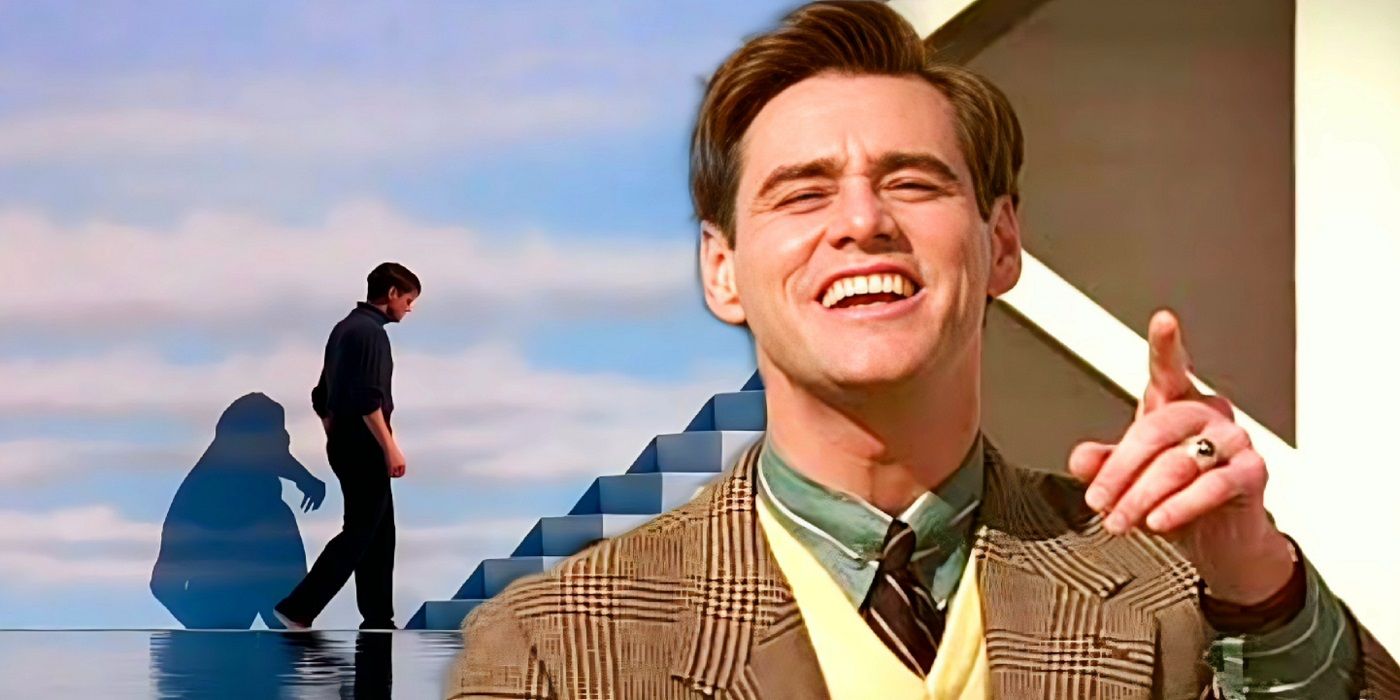
The Truman Shows Cinematic Genius A Deep Dive Into Its Visual Storytelling
"The Truman Show," directed by Peter Weir and released in 1998, is often hailed as a masterpiece of modern cinema that delves into the complexities of reality, free will, and the human experience. While its thought-provoking narrative and Jim Carrey's remarkable performance are widely celebrated, one aspect that often goes overlooked is the film's visual storytelling. This post will explore how the film employs visual elements to enhance the narrative and evoke emotional responses, solidifying its status as a cinematic genius.
The Use of Color and Composition
From the outset, "The Truman Show" employs a deliberate use of color and composition to reflect its themes. The vibrant colors of Seahaven Island create an artificial sense of perfection that captivates viewers, but as the story unfolds, these colors take on a more sinister weight. The bright blue skies and green lawns serve to emphasize Truman's naïveté and the fabricated nature of his surroundings. Moreover, the framing of shots often places Truman in the center, creating a sense of isolation and entrapment as he unknowingly navigates a world built around him. This visual composition plays a crucial role in illustrating the contrast between his perceived happiness and the underlying deception at play.
The Power of Perspective and Camera Movement
The film's innovative use of perspective not only serves to immerse viewers in Truman's world but also highlights the omnipresence of surveillance within it. Throughout the movie, there are numerous instances where the camera takes on the role of an unseen observer, positioning the audience as voyeurs of Truman's life. This technique is most effective during moments of emotional vulnerability, where the camera zooms in on Truman's face, capturing the subtleties of his expressions and emotions. The use of handheld camera movements creates a sense of realism and immediacy, allowing the audience to connect more deeply with Truman's journey. Such a visual strategy reinforces the film's commentary on the blurred lines between reality and performance in a world dominated by media and consumption.
Symbolism Through Set Design and Environment
The meticulously crafted set of Seahaven Island is rife with symbolism that complements the story's themes. The town's perfectly manicured lawns and idealized suburban aesthetic reflect an overly constructed version of reality, where everything is designed to elicit a sense of comfort and safety. However, as Truman begins to question his existence, the facade begins to crack. The occasional glimpse of the show's production elements—like camera equipment hidden in the set or the town's dome covering—serves as a stark reminder of the manipulation occurring behind the scenes. This interplay between the environment and Truman's awakening consciousness accentuates the film's exploration of authenticity and self-discovery in a manufactured world.
A Lasting Impact Through Visual Storytelling
The visual storytelling in "The Truman Show" is a powerful tool that elevates the film beyond mere entertainment; it serves as a profound commentary on the nature of reality and personal agency. Each visual element, from color to composition, is carefully curated to reflect themes of surveillance, control, and the quest for truth. As viewers, we are not only invited into Truman's world but are also compelled to question our own realities and the influences that shape them. For those looking to experience more of this cinematic brilliance, exploring "The Truman Show Official Shop" could provide unique merchandise that encapsulates the film's beauty and poignancy, allowing fans to take a piece of this extraordinary journey home. In an age where reality TV and media saturation permeate our lives, the insights offered by "The Truman Show" remain as relevant and thought-provoking as ever.
.png)








